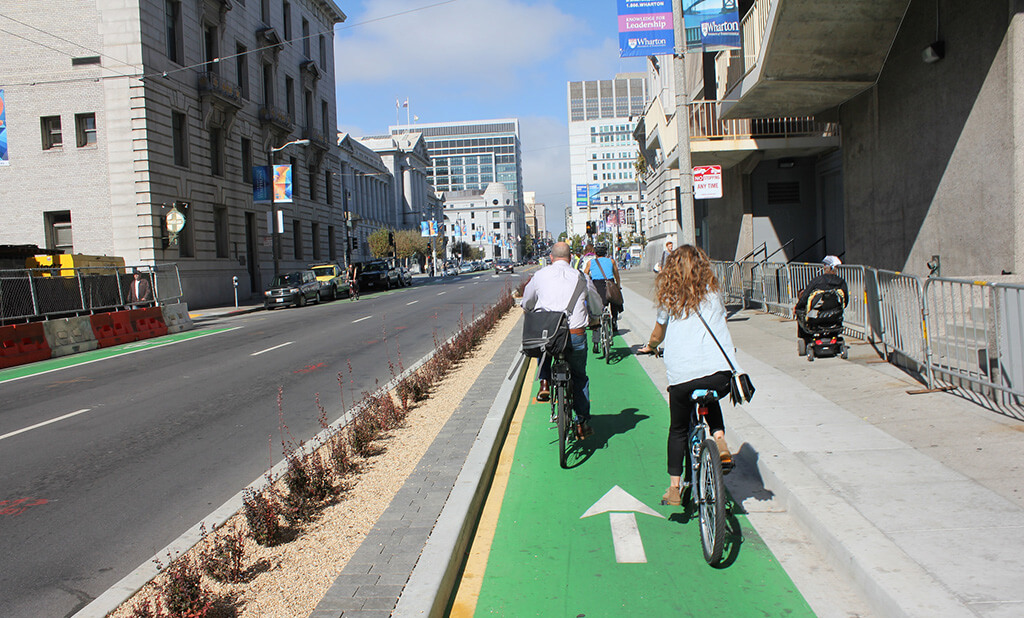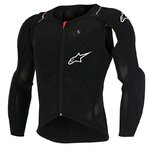Asher
Well-Known Member
After thinking about it some more, I think the answer is this:
Americans would like fast ebikes, but the commuter market is small, and insofar as it exists, the customers are still mostly content buying slower/weaker ebikes. Until people start avoiding those models and buying Juiced (and whoever else comes along), it'll stay that way. (Though there was an op-ed about how ebike sales outside traditional bike shops is very high, but the industry doesn't seem to care enough to change course.)
Other markets, like China, Japan, EU: fast ebikes, if they are allowed, are more restricted. Plus, a fast ebike simply isn't as useful in denser cities and/or good bike infrastructure. You don't even see that many ebikes in use in European cities - but they're ubiquitous among older people touring between towns. Between weaker reflexes at an old age, the higher risk of dying from a crash, and all the free time of retirement, speed isn't as attractive for older people.
And the big boy in Euro ebike components, Bosch, is already making a pretty penny with high market share - there's not much point in them going to the effort of building something bigger and faster, when you already run the show. (Brose motors also aren't very powerful). Plus, it could earn ebikes more backlash from pedestrians and regular cyclists.
-------
The best chance of changing this state of affairs would be an ebike road racing league (with higher wattage limits, 750+, but also a weight limit so that the ebikes wouldn't just become e-motorcycles). Then brand reputations would be at stake for performing better.
Bike brands wouldn't put anywhere near as much effort into R&D if they didn't have the Tour de France and all those races lighting a fire under their ass.
Another option would be a well-funded startup designing and selling these bikes en masse, but that hasn't happened yet despite years of opportunity.
Americans would like fast ebikes, but the commuter market is small, and insofar as it exists, the customers are still mostly content buying slower/weaker ebikes. Until people start avoiding those models and buying Juiced (and whoever else comes along), it'll stay that way. (Though there was an op-ed about how ebike sales outside traditional bike shops is very high, but the industry doesn't seem to care enough to change course.)
Other markets, like China, Japan, EU: fast ebikes, if they are allowed, are more restricted. Plus, a fast ebike simply isn't as useful in denser cities and/or good bike infrastructure. You don't even see that many ebikes in use in European cities - but they're ubiquitous among older people touring between towns. Between weaker reflexes at an old age, the higher risk of dying from a crash, and all the free time of retirement, speed isn't as attractive for older people.
And the big boy in Euro ebike components, Bosch, is already making a pretty penny with high market share - there's not much point in them going to the effort of building something bigger and faster, when you already run the show. (Brose motors also aren't very powerful). Plus, it could earn ebikes more backlash from pedestrians and regular cyclists.
-------
The best chance of changing this state of affairs would be an ebike road racing league (with higher wattage limits, 750+, but also a weight limit so that the ebikes wouldn't just become e-motorcycles). Then brand reputations would be at stake for performing better.
Bike brands wouldn't put anywhere near as much effort into R&D if they didn't have the Tour de France and all those races lighting a fire under their ass.
Another option would be a well-funded startup designing and selling these bikes en masse, but that hasn't happened yet despite years of opportunity.
Last edited:




